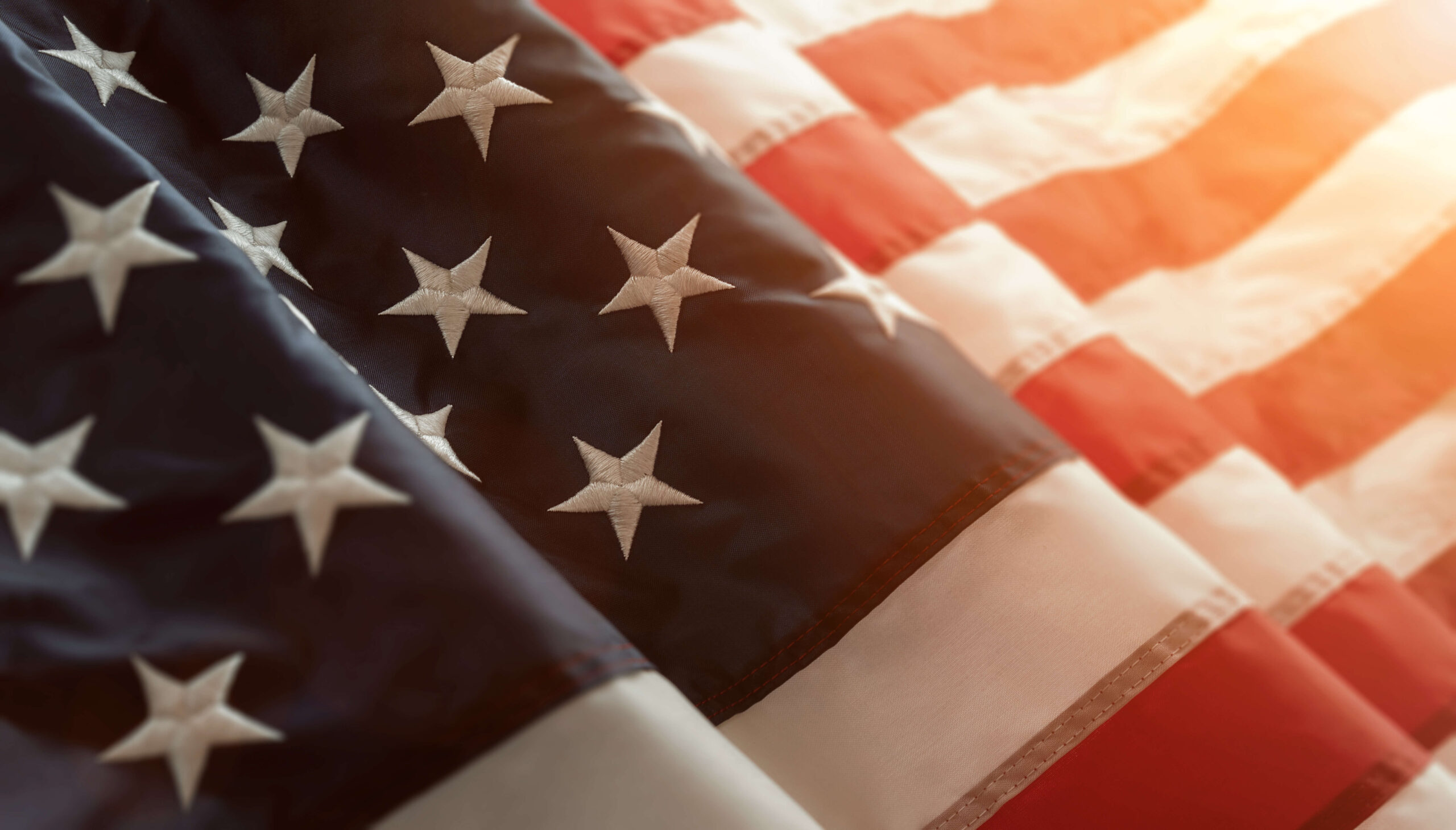The House Returns, Shutdown Looms. The U.S. House of Representatives returned this week from its August break. As the Buzz has discussed recently, the federal government appropriations process is front and center, and all eyes this week were on Speaker Kevin McCarthy (R-CA), who is being pressured on his right flank by Republicans who want to limit federal government spending. Things got off to an inauspicious start this week as votes on spending bills were delayed. The U.S. Congress has fifteen days to pass funding legislation or a continuing resolution to avert a federal government shutdown on October 1, 2023.
Senators Release Bipartisan AI Framework. The chair and ranking member of the Senate Judiciary Subcommittee on Privacy, Technology and the Law, Senators Richard Blumenthal (D-CT) and Josh Hawley (R-MO), released a framework for bipartisan legislation relating to artificial intelligence. The framework outlines parameters for any future legislation dealing with artificial intelligence (AI) and would:
- Require companies developing such technologies to register with an independent oversight body. The independent body would be empowered to audit companies seeking licenses.
- Call for administrative enforcement and private rights of action when AI company “models and systems breach privacy, violate civil rights, or otherwise cause cognizable harms.” The framework specifically notes that current law shielding tech companies from third-party online content does not apply.
- Empower Congress with tools “to limit the transfer of advanced A.I. models, hardware and related equipment, and other technologies” to foreign adversaries.
- Establish transparency and notice requirements for companies developing and deploying AI.
While there is no lack of congressional interest surrounding artificial intelligence, getting any legislation passed will be no easy task. That said, a bipartisan framework advanced by two unlikely partners could be a positive first step.
EEOC, DOL Enter MOU. On September 13, 2023, the U.S. Equal Employment Opportunity Commission (EEOC) and the U.S. Department of Labor’s (DOL) Wage and Hour Division entered into a memorandum of understanding (MOU) “to encourage greater coordination between them through information sharing, joint investigations, training, and outreach.” Regarding investigations and enforcement, the MOU states:
- “When, during the course of an investigation, agency personnel have reason to believe that conduct may have occurred that the other agency could deem unlawful under its laws, the investigating agency personnel will advise the potential complainant or filing party that they may be able to file a charge or complaint with the other agency.”
- “In appropriate cases, the agencies will determine whether to conduct coordinated investigations of matters arising within both agencies’ jurisdictions.”
The MOU is another example of coordinated agency enforcement efforts in this administration, such as the DOL and National Labor Relations Board’s (NLRB) agreement relating to employment relationships, or the NLRB and Federal Trade Commission agreement relating to alternative workplace arrangements and noncompete agreements.
Wilcox Officially Rejoins Board. Gwynne Wilcox was sworn in as a member of the National Labor Relations Board this week. This officially returns Democrats to a 3–1 majority on the Board. Chair Lauren McFerran is the next current Board member whose term is up, but that is not until December 16, 2024.
Republicans Introduce Minimum Wage, E-Verify Bill. This week a group of Republican senators introduced the Higher Wages for American Workers Act of 2023. The bill would:
- gradually increase the federal minimum wage over four years and then index it to inflation;
- mandate E-Verify for all employers after an eighteen-month phase-in; and
- increase civil and criminal penalties for I-9 violations.
The bill isn’t likely to advance in the current Congress.
OSHA’s PPE Proposal Moves Forward. Public comments on the Occupational Safety and Health Administration’s (OSHA) proposed rulemaking on personal protective equipment (PPE) in the construction industry are due on Monday, September 18, 2023.
Presidential Vacancies. On September 14, 1901, the office of the president of the United States technically remained vacant for thirteen hours. The week prior, while attending the Pan-American Exposition in Buffalo, New York, President William McKinley was shot by anarchist Leon Czolgosz. Believing that McKinley would recover from his wounds, Vice President Theodore Roosevelt remained on vacation, first in Vermont and then in the Adirondack mountains. Following McKinley’s death, it took Roosevelt thirteen hours to travel to Buffalo to take the oath of office. The presidency remained vacant during that gap.
At the time, the U.S. Constitution merely provided that upon the death of the president, “the powers and duties of the said office, the same shall devolve on the Vice President,” and it did not address whether the vice president would assume those duties only in an acting capacity or whether a new election should be held. When William Henry Harrison died in 1841 (the first president to die in office) Vice President John Tyler brushed aside these questions by declaring himself president and taking the presidential oath of office. All eight vice presidents who ascended to the presidency upon the president’s death (Tyler, Millard Fillmore, Andrew Johnson, Chester A. Arthur, Theodore Roosevelt, Calvin Coolidge, Harry S. Truman, and Lyndon B. Johnson) followed Tyler’s lead by asserting themselves as president via the presidential oath of office. Following the assassination of President John F. Kennedy, the 25th Amendment was ratified to clarify this ambiguity by clearly stating: “In case of the removal of the President from office or of his death or resignation, the Vice President shall become President.”





